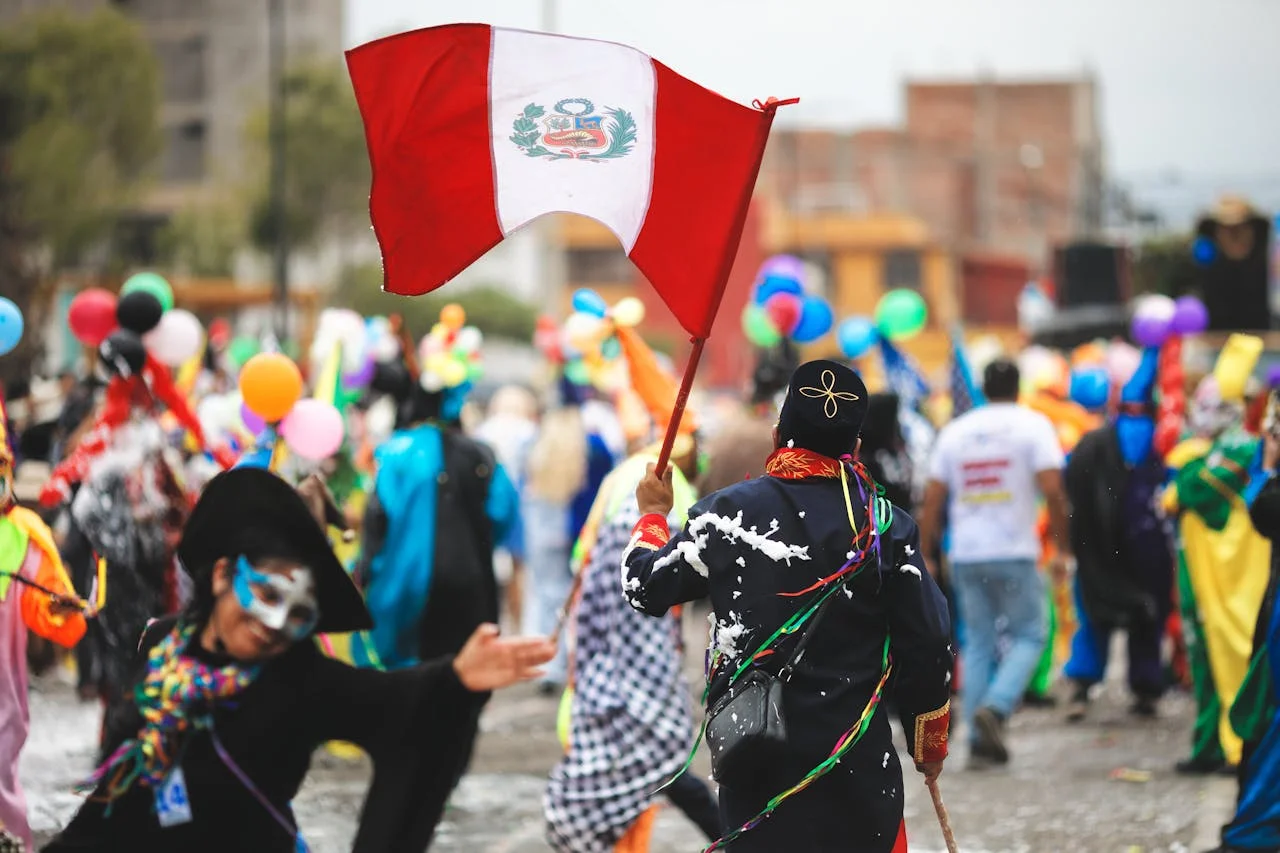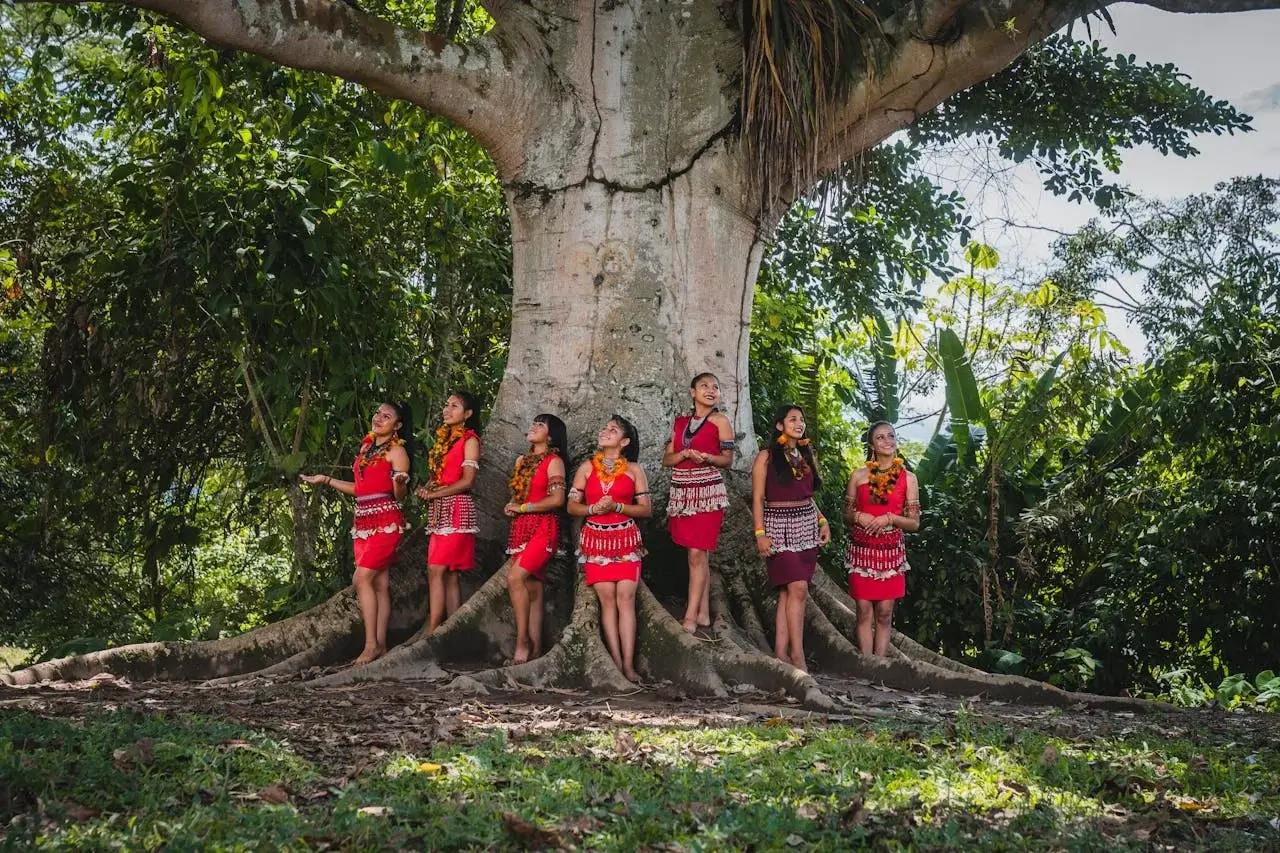Peru is much more than Machu Picchu and breathtaking landscapes it’s a vibrant tapestry of cultures, histories, and languages that span thousands of years. Home to over 106 spoken languages and dozens of Indigenous communities, Peru offers an exceptional linguistic diversity that reflects its rich cultural heritage.
From the rhythmic flow of Spanish spoken peru main cities to the ancient tones of Quechua echoing through Andean valleys, each language offers a deeper connection to the country’s identity. In this guide, we’ll explore the most widely spoken languages in Peru, regional dialects, endangered Indigenous tongues, and what travelers should know when navigating this multilingual nation.
Whether you're planning a trek through the Sacred Valley, a family trip to Lake Titicaca, or an Amazon adventure understanding Peru’s linguistic landscape will enrich your journey.
Official Languages of Peru: Spanish, Quechua, and Aymara
Peru is officially trilingual. The Peruvian Constitution recognizes:
- Spanish (spoken by the majority)
- Quechua (13% of the population)
- Aymara (1.7%, mostly in southern Peru)
In regions where Indigenous languages dominate, they hold co-official status. This means that in parts of the Andes or the Amazon, local governments use those Indigenous languages alongside Spanish.
→ Twenty Reasons Why You Should Visit Peru!
What Is the Main Language Spoken in Peru?
Spanish is the primary language spoken in Peru, used by about 84% of the population. It dominates government, media, education, and most urban areas. Spanish arrived with Spanish colonists in the 16th century and quickly became the dominant tongue, especially in cities such as Cusco, Lima, and Arequipa.
The Varieties of Spanish Spoken in Peru
Not all Peruvian Spanish sounds the same. Five distinct dialects shape how Spanish is spoken across the country:
- Andean Spanish: Spoken in Cusco and highland regions, influenced by Quechua.
- Coastal Spanish: Clear pronunciation, spoken in Lima and coastal towns.
- Amazonic Spanish: A fusion of jungle languages and Spanish.
- Andean-Coastal Spanish: A modern blend of urban and highland influences.
- Equatorial Spanish: Found near the Ecuador border, especially in Tumbes.
These dialects provide insight into Peru’s geography and history.
Quechua: The Living Language of the Andes
Quechua, spoken by over 3.5 million Peruvians, is the most widely spoken Indigenous language in the Americas. The Inca Empire used Quechua to unify its vast territory, and today you’ll hear it in Cusco, Puno, Ayacucho, and rural Andean communities.
It's an agglutinative language, using suffixes to express emotion, possession, or direction. You might hear Quechua in local markets, music, or even on signage in rural towns.
Aymara: Preserving the Voice of the Altiplano
Spoken mostly in the Lake Titicaca region and in southern Peru, Aymara is another key Indigenous language. Aymara speakers share strong cultural traditions tied to the altiplano, with linguistic roots as deep as those of Quechua.
Aymara includes many Quechua loanwords and is also spoken in Bolivia and Chile. Unfortunately, it is slowly declining in usage.
Amazonian Indigenous Languages and Where They Are Spoken
The Peruvian Amazon is home to dozens of Indigenous languages, including:
- Asháninka: Spoken by ~35,000 people
- Aguaruna (Awajún): 53,000 speakers
- Shipibo-Conibo, Yine, and Machiguenga
These languages are mostly spoken in Loreto, Ucayali, and Madre de Dios, often alongside Spanish. Their survival is vital to the preservation of Peru’s biodiversity and oral traditions.
Language Families in Peru: A Broader Look
Peru hosts over 15 Indigenous language families, including:
- Quechua Family
- Arawak Family (Asháninka)
- Jivaroan Family (Aguaruna)
- Panoan Family (Shipibo, Yaminahua)
- Tupí, Záparo, and more
Understanding this classification helps recognize how languages evolved across different ecological zones from mountains to jungle.
You can read more about Peru’s Traditions and Culture: A Complete Guide for Travelers
Endangered Languages in Peru
Efforts to Preserve Them. Over 45 languages in Peru are endangered, including:
- Kawki only a few known speakers
- Jaqaru less than 1,000 speakers
- Taushiro and Munichi on the brink of extinction
Government initiatives, NGOs, and local communities are working to document, teach, and revive these languages, often through bilingual education.
Foreign and Imported Languages in Peru
While Indigenous and Spanish dominate, Peru also features foreign languages such as:
- Portuguese: spoken near the Brazilian border (Loreto, Ucayali)
- English: increasingly common in tourist hubs and schools
- Arabic, French, German, Japanese: in immigrant communities
Travelers in major cities like Lima, Arequipa, Piura and Cusco will find English-speaking locals in hotels and restaurants. Plan your Peru Tour and get to know the culture of this amazing country.
Understanding a few local phrases especially in Quechua or Spanish can lead to deeper connections with communities, improved travel experiences, and more respectful interactions.
Peru’s languages are more than means of communication they are threads in a larger cultural fabric. As you plan your adventure, take time to understand and appreciate Peru’s multilingual reality. Whether you hear Spanish in a Lima café or Quechua in a mountain village, each word adds meaning to your experience.
Ready to immerse yourself in Peru’s culture? Contact Andean Travel Experience to plan your tailor-made journey.



